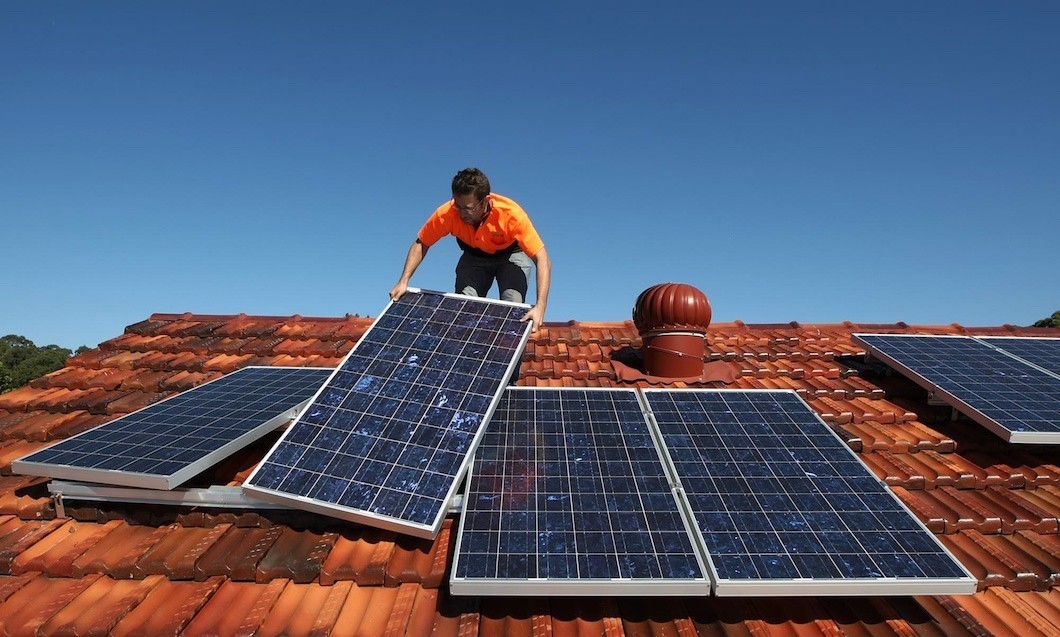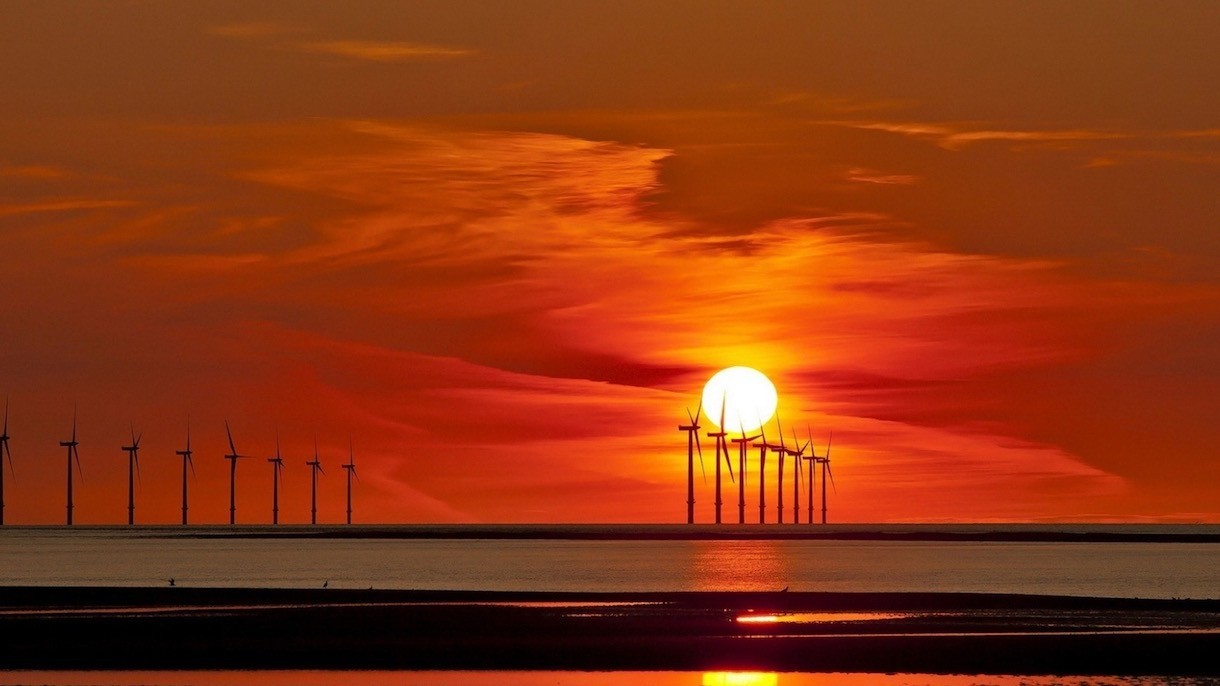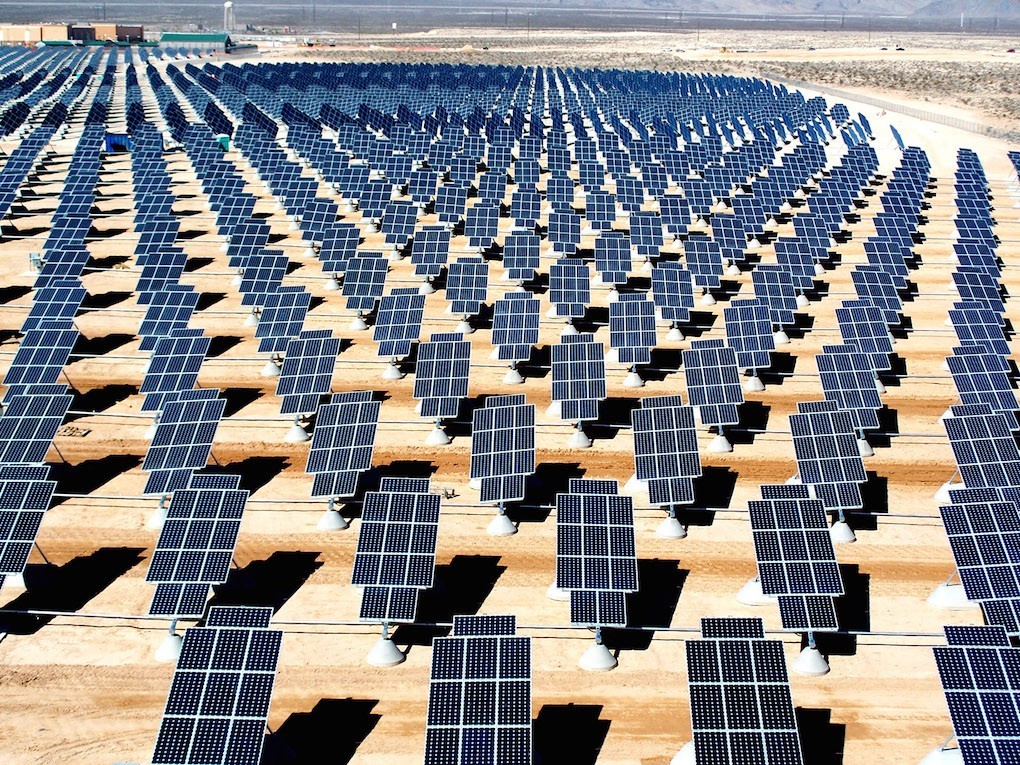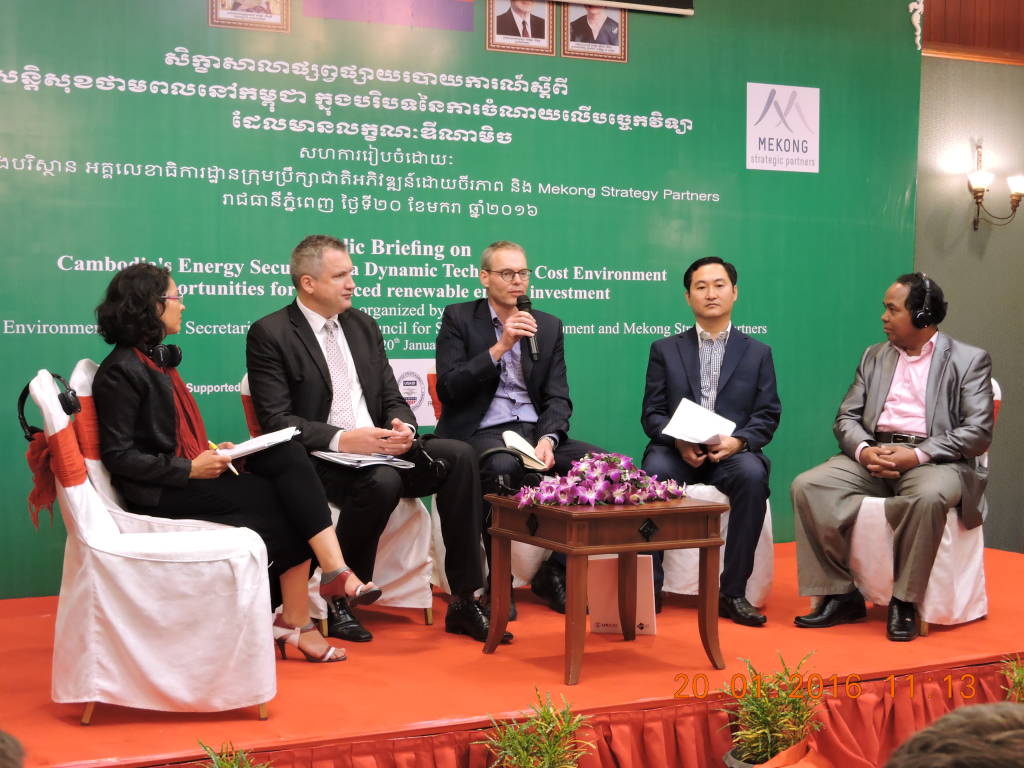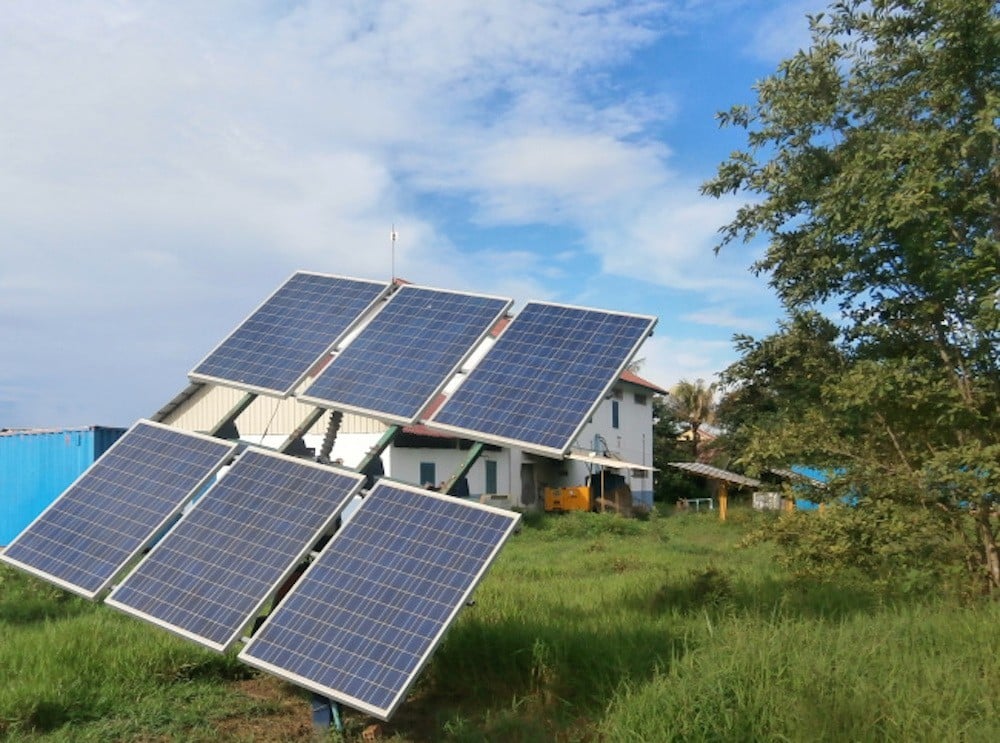Growing awareness of the impact of air pollution and global warming have been driving more investments in energy from renewable sources and moving green energy to the top of many government policy agendas.
In Southeast Asia, finding the right energy mix is a major challenge as countries strive to ensure that economic growth and environmental protection are compatible.
“The challenge faced by developing countries is balancing the cost of electricity and conservation of the environment,” Dr Maximus Johnity Ongkili, Minister of Energy, Green Technology and Water of Malaysia, said at Sustainable Energy & Technology Asia (SETA) 2016 held in Bangkok late last month.


